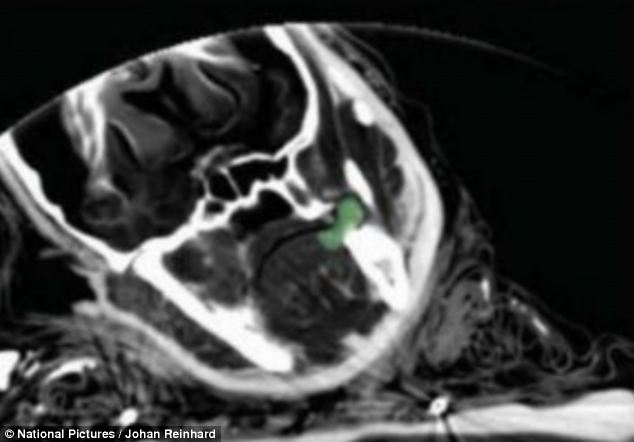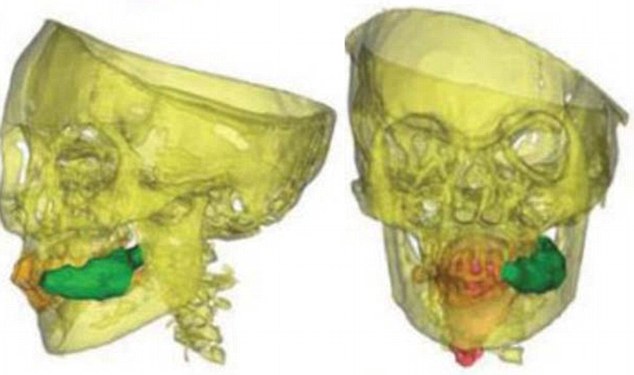Fiona Macrae
Daily Mail
July 31, 2013
- Archaeologists discover traces of coca leaves and beer in Incan mummies
- The mummies of the three children were discovered in 1999 in Argentina
- They are the best naturally preserved group of mummies found so far
Her body is so perfectly preserved that it is hard to believe this girl died more than 500 years ago.
But what is even more remarkable is that scientists today have been able to learn the secrets of her death – by analysing her hair.
The 13-year-old Incan girl was heavily dosed with alcohol and coca leaves, which form the basis of cocaine, before being left to die of exposure high in the Andes as a sacrifice.



Known as the Ice Maiden, she is one of three children found in stone tombs on a mountain in Argentina.
The girl, the eldest of the three, was found cross-legged, with her head slumped forward and her hands resting in her lap.
She wore a feather headdress over her tightly braided hair and there were coca leaves between her teeth and balled up behind her cheek.
The children were discovered in 1999.
They are believed to have been sacrificed in a ceremony called capacocha, a ritual thought to have been used to instil fear and help control members of the rapidly expanding Inca empire.
Analysis of the children’s hair, which still contains a chemical fingerprint of their diet, shows that all three were plied with drugs and alcohol to subdue them in the months before they died.

